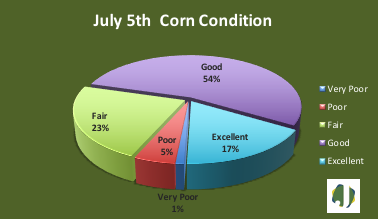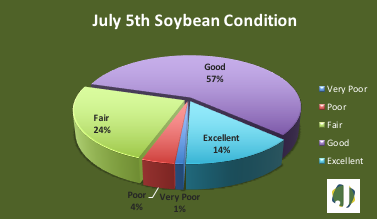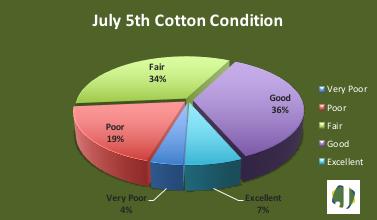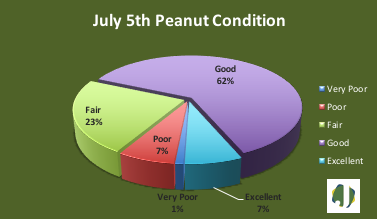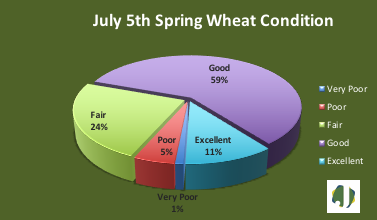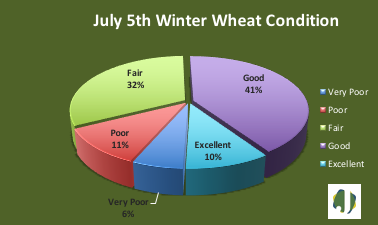11.21.2025
Sausage casings bulletin, November 21, 2025

...
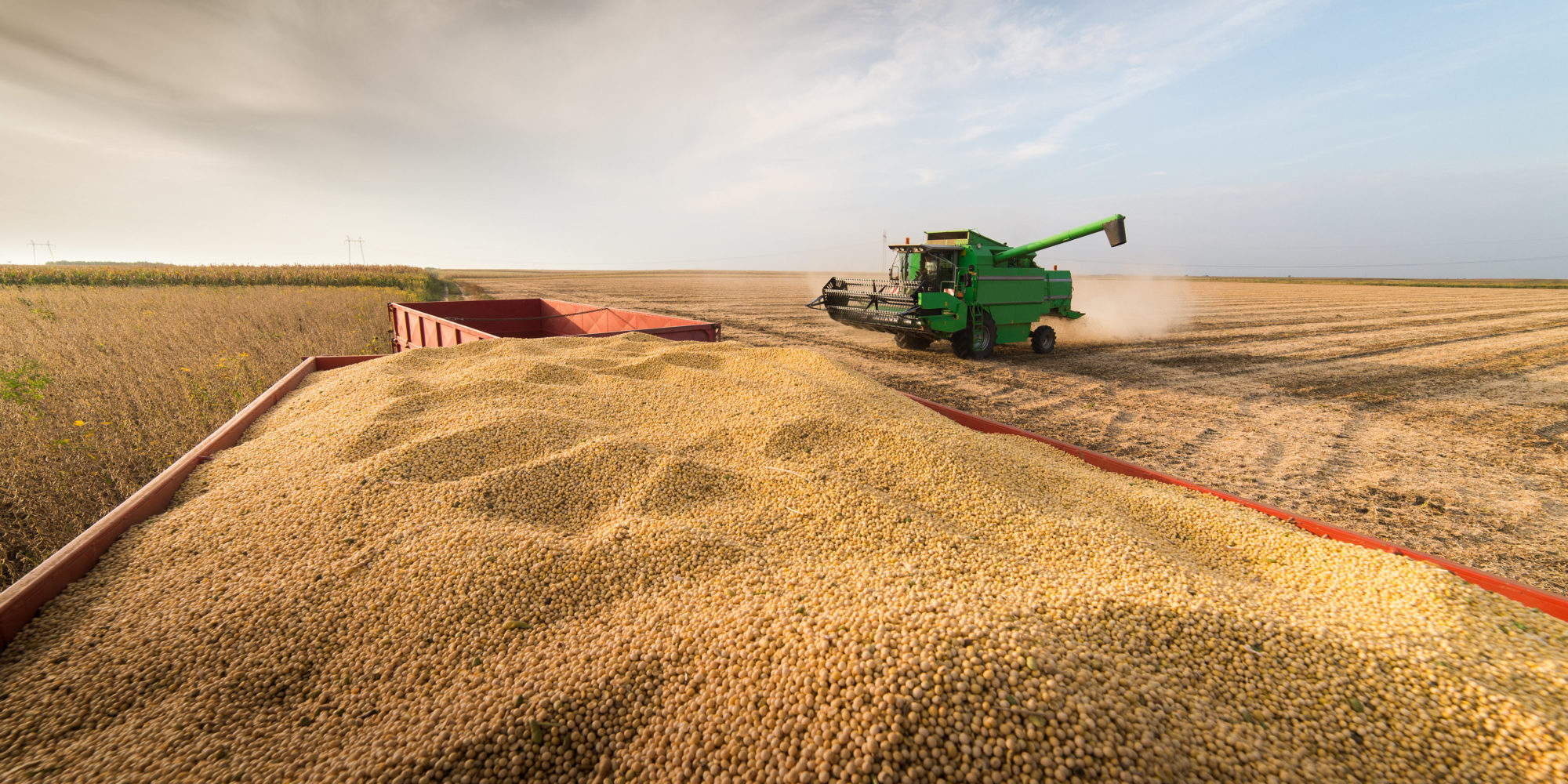
Corn:
The corn crop has fully emerged, and 10 percent of the crop has reached the silking stage. Crop conditions declined the national level. 71 percent of the crop is rated good to excellent, down two points from last week. Six percent of the crop is rated poor to very poor, which is up a point from a week ago. On a state level, Michigan and Ohio saw the steepest drop in crop conditions, each falling more than 15 percent. This year’s crop compares favorably to last year’s ratings that showed 68 percent of the crop to be in good to excellent condition and 12 percent poor to very poor.
Soybeans:
The Soybean crop has completely emerged, and 31 percent has reached the blooming stage. The condition of this year’s crop remained steady from the prior week with 71 percent of the fields rated good to excellent and five percent poor to very poor. Crop conditions in Michigan declined 14 percent. This year’s soybean crop is in better condition than last year’s crop, which had ratings of 53 percent good to excellent and 12 percent poor to very poor.
Cotton:
Cotton squaring has reached 47 percent and 13 percent of the crop is setting bolls. The condition of this year’s crop improved two points to 43 percent in the good to excellent category and fell a point in the poor to very poor category to 24 percent. Crop improvement was strongest in South Carolina where fields in the good to excellent category moved from 38 percent last week to 63 percent this week. This year’s crop rates lower than last year’s at this time. Last year, crop conditions were 54 percent good to excellent versus 19 percent poor to very poor.
Peanuts:
51 percent pegging
64 percent good to excellent; 10 percent poor to very poor
Peanuts in the pegging stage climbed to 51 percent and are on par with the historical average. Crop conditions improved three points to 69 percent in the good to excellent category but worsened a point in the poor to very poor category, which is now eight percent. The states of Florida and Oklahoma saw fields rated good to excellent climb more than 20 percent from last week. This year’s peanut crop is on par with last year’s.
Spring Wheat:
The spring wheat crop is 63 percent headed, which trails the historical average of 68 percent but is 16 points ahead of last year’s 47 percent. The condition of the crop improved a point to 70 percent in the good to excellent category and held steady in the poor to very poor category at six percent. This year’s crop does not compare favorably to last year’s, which showed good to excellent ratings of 78 versus three percent poor to very poor.
Winter Wheat:
The winter wheat crop is 29 percent harvested, which is on par with the historical harvest average and 14 points ahead of last season’s pace. The condition of this year’s crop declined a point to 51 percent in the good to excellent category and increased a point to 17 percent in the poor to very poor category. This year’s crop compares unfavorably to last year’s, which had ratings of 64 percent good to excellent and 10 percent poor to very poor.
